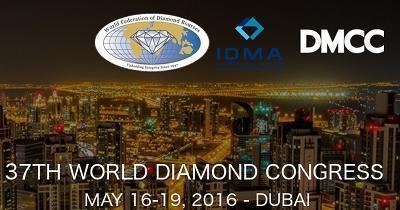Featured at the club...

- Written by: Avi Krawitz, Diamonds.net
- Category: Blog
According to Avi Krawitz at diamonds.net, the diamond industry is waking up to a new reality. Not only are the banks insisting on stricter compliance standards and pipeline integrity, but the largest mining companies and jewelry retailers are rapidly following suit.
Read more: Three Things the Diamond Trade’s Survival Depends On


